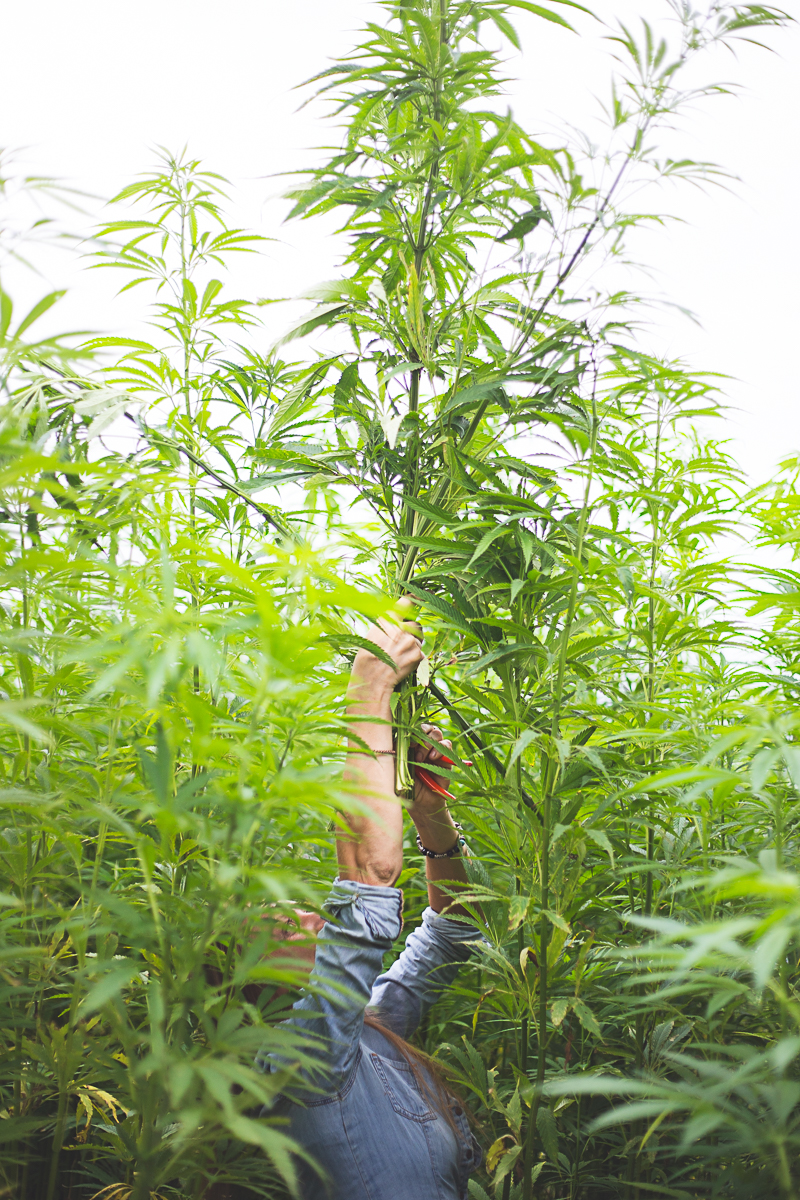
Hemp’s Revival in Sweden 2023
In 2023, Sweden is witnessing a resurgence of interest in hemp cultivation, fueled by its versatile  applications, eco-friendliness, and potential economic benefits. This versatile plant, once a staple in Swedish agriculture, is making a comeback, as both consumers and farmers recognize its numerous advantages in the modern world. Hemp’s Rich History in Sweden Hemp has a long and storied history in Sweden, dating back to the Viking Age. In fact, Sweden was known for producing high-quality hemp textiles and ropes, and the plant was a significant part of the country’s economy for centuries. However, restrictive regulations in the 20th century largely curtailed hemp production in Sweden, aligning it with global trends at the time.
applications, eco-friendliness, and potential economic benefits. This versatile plant, once a staple in Swedish agriculture, is making a comeback, as both consumers and farmers recognize its numerous advantages in the modern world. Hemp’s Rich History in Sweden Hemp has a long and storied history in Sweden, dating back to the Viking Age. In fact, Sweden was known for producing high-quality hemp textiles and ropes, and the plant was a significant part of the country’s economy for centuries. However, restrictive regulations in the 20th century largely curtailed hemp production in Sweden, aligning it with global trends at the time.
The Hemp Renaissance
Fast forward to 2023, and hemp is experiencing a renaissance in Sweden. Several factors contribute to this resurgence:
- Sustainability: In a world increasingly concerned with environmental sustainability, hemp stands out as a crop that requires minimal pesticides and can be grown with relatively little water. Moreover, it captures more carbon dioxide per hectare than most other crops, making it an eco-friendly choice.
- Versatility: Hemp is a highly versatile plant. It can be used to produce textiles, construction materials, biofuels, food products, and even as a component in pharmaceuticals and cosmetics. This versatility appeals to both consumers and industries looking for sustainable alternatives.
- Health Benefits: Hemp seeds, in particular, have gained popularity for their nutritional value. They are rich in protein, healthy fats, and essential nutrients, making them a valuable addition to the modern diet.
- Economic Potential: With increasing global demand for hemp-based products, Swedish farmers are recognizing the economic potential of cultivating hemp. It’s a crop that requires relatively low inputs and can yield profitable returns.
Government Support
The Swedish government has taken steps to facilitate the growth of the hemp industry in the country. Regulations have been updated to make it easier for farmers to obtain licenses for hemp cultivation. Additionally, research and development initiatives are underway to explore innovative uses for hemp and improve cultivation techniques.
Consumer Awareness
Consumers in Sweden are becoming more conscious of their choices, seeking sustainable and environmentally friendly products. Hemp fits into this trend perfectly, as it can be used in a wide range of consumer goods, from clothing and beauty products to eco-friendly building materials.
Conclusion
As Sweden embraces the sustainable and versatile potential of hemp in 2023, the plant is experiencing a resurgence in popularity and cultivation. With government support, increased consumer awareness, and a growing demand for sustainable products, hemp is poised to play a significant role in Sweden’s agricultural and economic landscape for years to come. This revival not only honors Sweden’s historical connection to the plant but also paves the way for a greener and more sustainable future.
